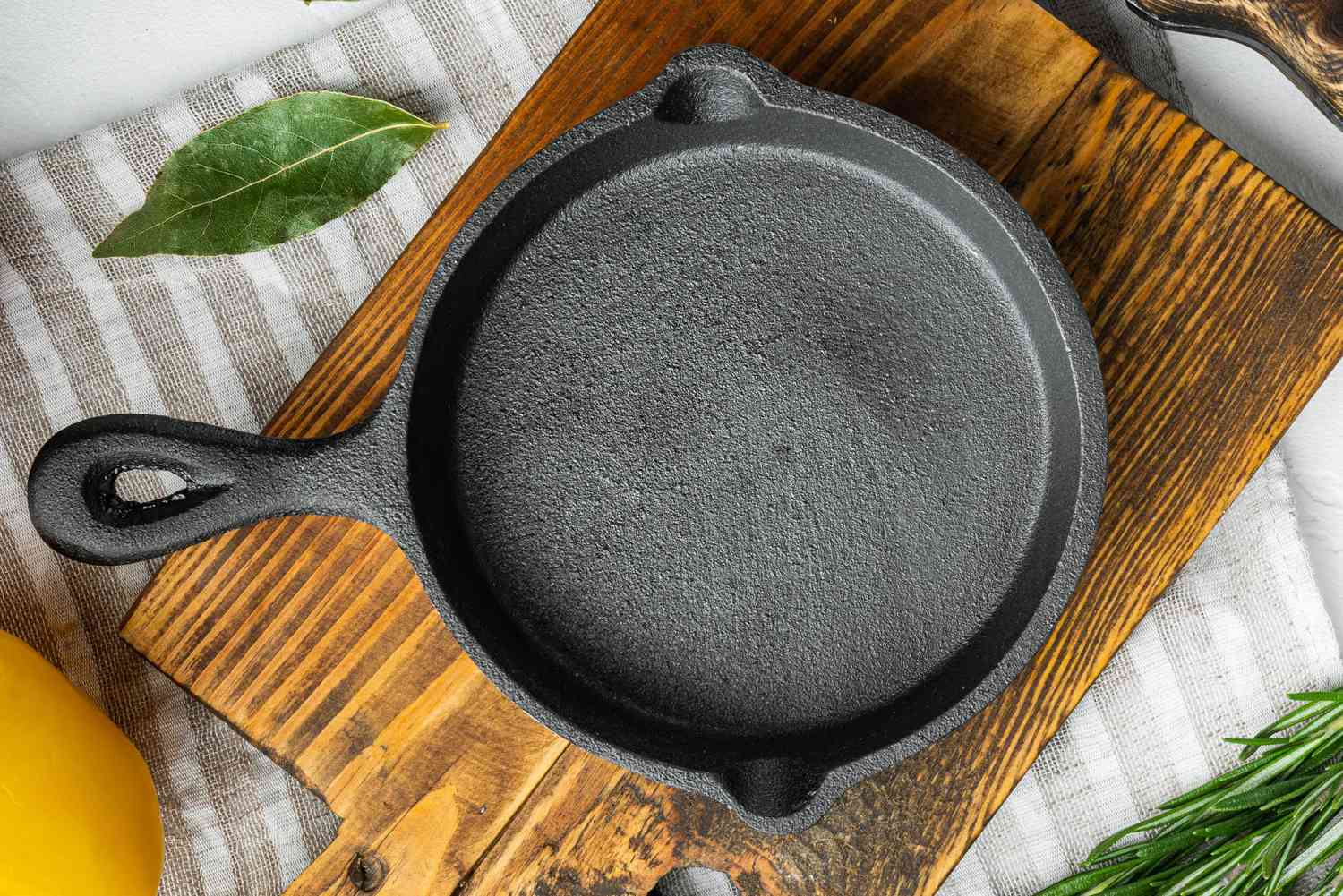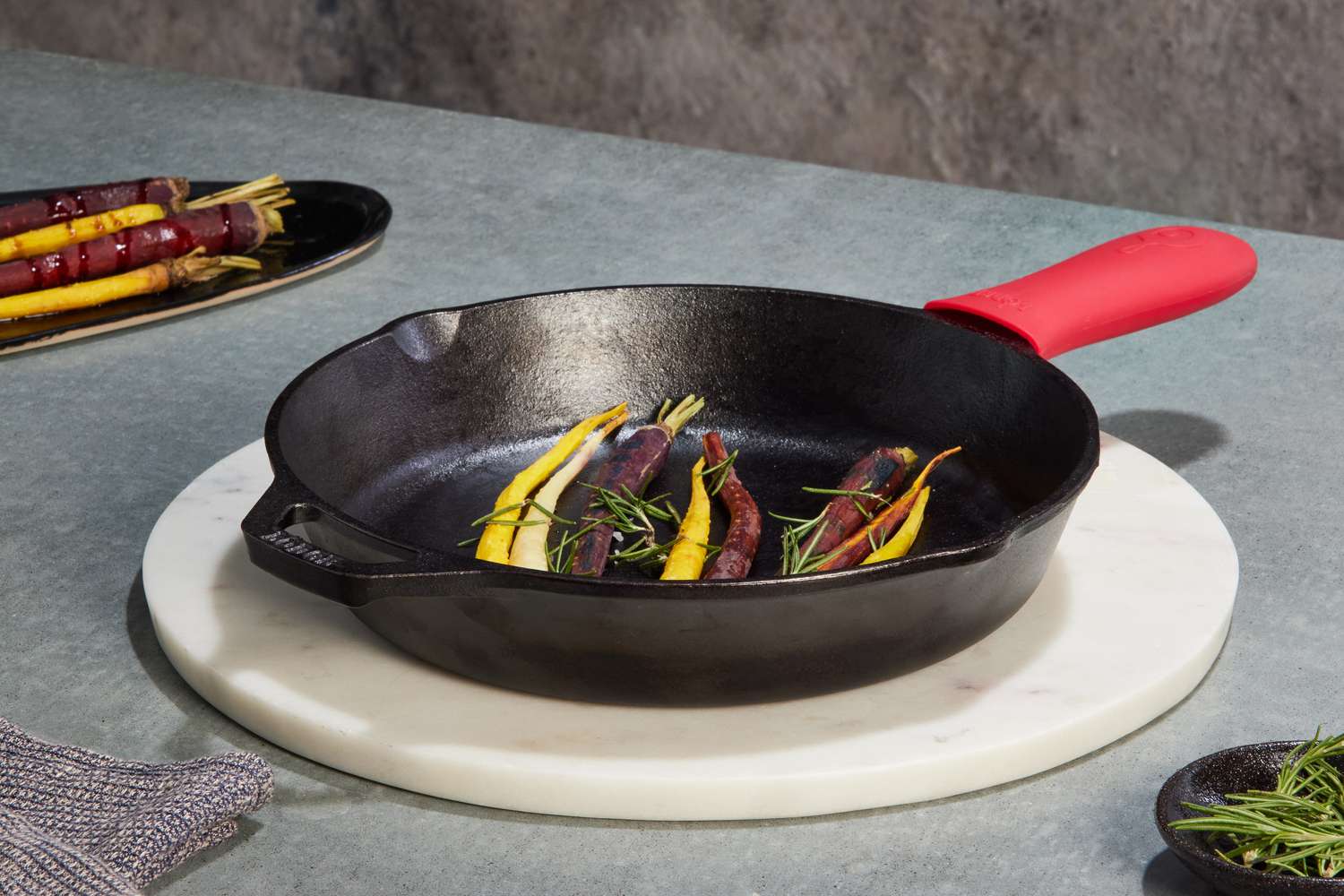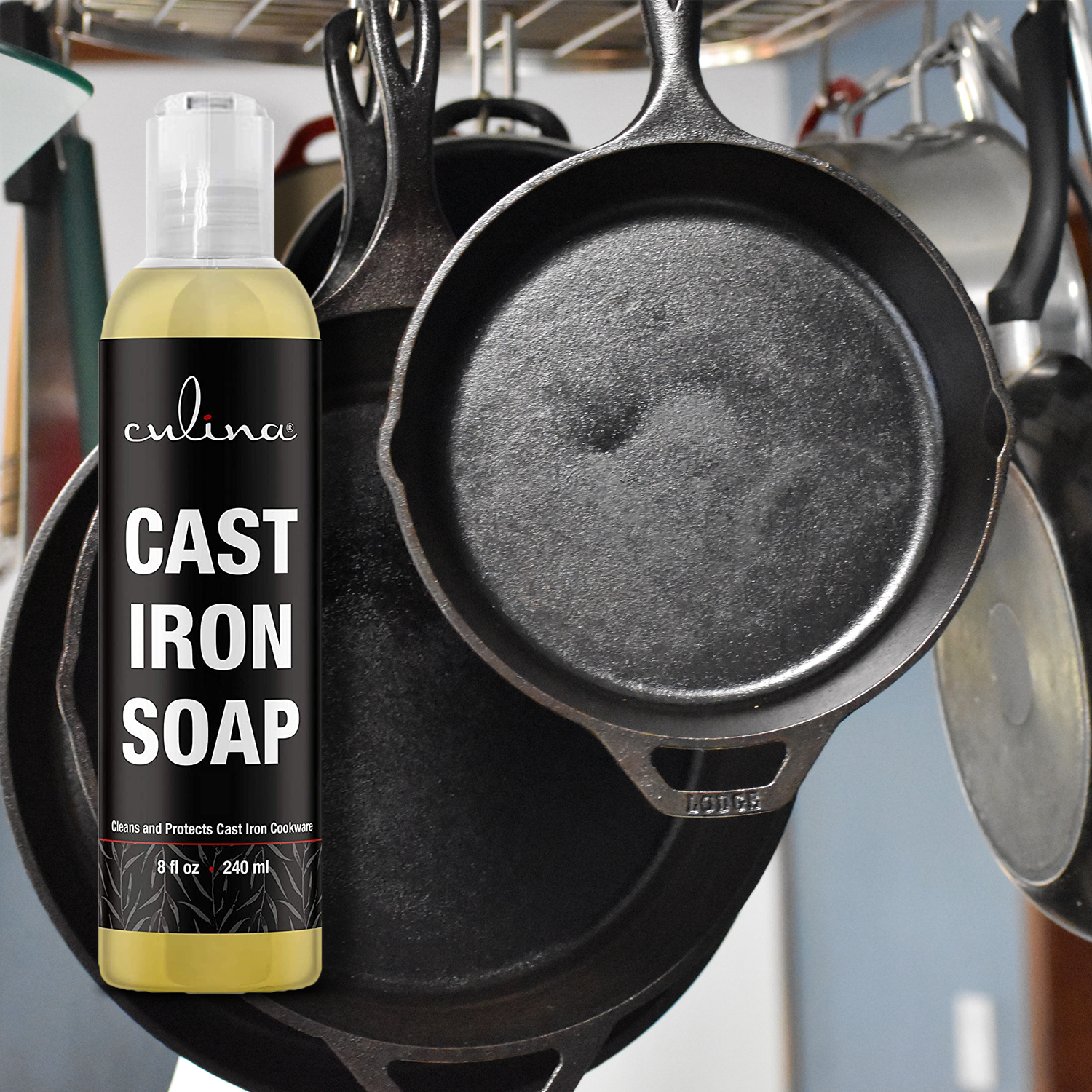There’s something incredibly satisfying about cooking a perfect flank steak. Whether you’re a homeowner or renter, the aroma of a well-cooked steak can transform a regular evening into a delightful experience. How to cook flank steak in cast iron skillet is a question many food enthusiasts often ponder. Using a cast iron skillet, known for its excellent heat retention and even cooking surfaces, can result in a steak that’s both flavorful and juicy.

Why Choose a Cast Iron Skillet?
Cast iron skillets are popular among chefs and home cooks alike. Their ability to retain heat makes them ideal for searing meats like flank steak. If you’re curious about the benefits of cast iron cookware, check out this external source on the best recipes using cast iron skillets.
Benefits of Using Cast Iron
- Heat Retention: Cast iron holds heat exceptionally well, ensuring your steak cooks evenly.
- Durability: These skillets can last for generations with proper care.
- Seasoning: The natural non-stick surface improves with use.
For more on keeping your skillet in top shape, visit this guide on Lodge Cast Iron Cookware.

Ingredients Needed
- 1 flank steak (about 1-2 pounds)
- 2-3 tablespoons olive oil
- Salt and pepper to taste
- Optional: garlic powder, fresh herbs

Preparation Steps
Step 1: Preheat Your Skillet
Place your cast iron skillet on the stove over medium-high heat. Allow it to preheat for at least 5 minutes to ensure even cooking.
Step 2: Season the Flank Steak
While your skillet is heating up, season the flank steak generously with salt and pepper. If you like, you can add garlic powder or fresh herbs for extra flavor.

Cooking the Steak
Step 3: Sear the Steak
Once your skillet is hot, add the olive oil and let it heat for a few seconds. Carefully place the seasoned flank steak into the skillet. Cook for 4-5 minutes on each side, depending on the steaks thickness and your desired level of doneness.
Step 4: Check for Doneness
Use a meat thermometer to check the internal temperature. For a medium-rare steak, aim for 130-135F. Adjust the cooking time based on your preference.
Step 5: Rest the Steak
Once cooked, remove the steak from the skillet and let it rest for about 5 minutes. This allows the juices to redistribute, ensuring a tender, juicy steak.
Serving Suggestions
Classic Accompaniments
Flank steak pairs well with a variety of sides. Consider serving it with roasted vegetables, mashed potatoes, or a fresh salad. For more ideas, explore recipes that highlight the versatility of cast iron cooking.
Cleaning and Maintaining Your Cast Iron Skillet
Proper maintenance is key to the longevity of your cast iron skillet. After each use, clean it with hot water and a stiff brush. Avoid using soap or placing the skillet in the dishwasher.
Seasoning Your Skillet
To maintain the non-stick surface, apply a thin layer of oil and heat the skillet on the stove. This process creates a natural seasoning that enhances the skillet’s performance over time.
For a comprehensive guide on maintaining your skillet, visit our resource on cleaning a cast iron skillet.
Tips for Cooking Flank Steak
- Room Temperature: Allow the steak to come to room temperature before cooking for even heat distribution.
- Pat Dry: Ensure the steak is dry before seasoning to create a flavorful crust.
- Preheat: Always preheat your skillet for the best sear.
Advanced Techniques
For those looking to elevate their cooking, consider marinating the flank steak beforehand or finishing with a compound butter. These techniques can add layers of flavor and juiciness to your dish.
Frequently Asked Questions
How do I know when my flank steak is done?
The best way to check doneness is by using a meat thermometer. For medium-rare, aim for an internal temperature of 130-135F.
Can I cook flank steak without oil?
While it’s possible, using a small amount of oil helps achieve a nice sear and prevents sticking.
What can I do if my cast iron skillet has burnt-on residue?
For tough burnt-on residue, a mixture of coarse salt and water can help scrub it away. Check out our tips on cleaning burnt-on cast iron.
As an Amazon Associate, I earn from qualifying purchases.

